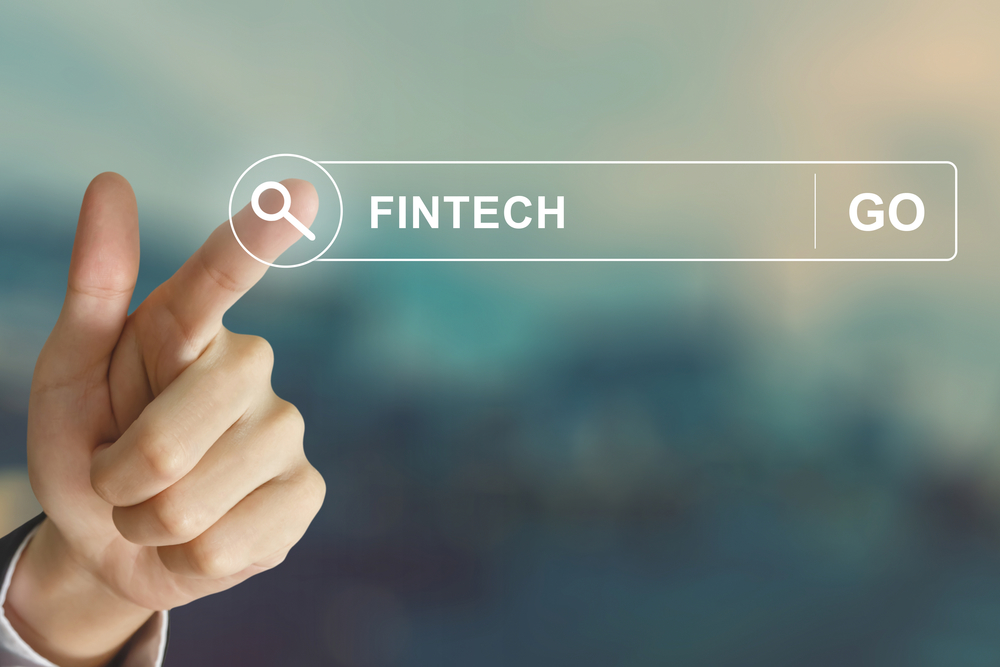Fintech has moved from the margins to the mainstream of how people manage money. The shift is largely driven by accessibility and convenience.
Bulky platforms and complex processes are being replaced with user-centric design and instant access—especially for younger users and those long underserved by banks. Today’s consumers expect financial tools to work like their favorite apps: fast, intuitive, and mobile-friendly. If it takes too long to apply or check a balance, they move on.
So how has the fintech industry responded to an increasingly demanding consumer base?
Design That Starts With the User
Accessibility begins with design. Not design for the sake of aesthetics, but for clarity and usability. Fintech platforms that succeed today are those that reduce friction at every step. Whether someone is setting up a savings goal or checking their repayment schedule, the layout must be both functional and intuitive.
Younger demographics—particularly Gen Z—expect interfaces that mimic the ease of social platforms. Navigation should feel second nature. Every feature, from onboarding to settings, needs to serve a clear purpose. Even error messages should guide, not frustrate. The most effective tools are those that don’t require a user manual or tech support call. They guide the user naturally, eliminating barriers that often discourage first-time users or those with limited financial literacy.
The real winners in fintech aren’t just those with advanced functionality. They’re the ones offering clear labeling, simple forms, minimal steps, and responsive feedback. These design priorities don’t just improve user experience—they redefine it.
Faster Onboarding Means Broader Inclusion
Onboarding is more than just the first step. It’s a litmus test for trust. Slow approvals, extensive documentation, or confusing authentication flows signal exclusion. Fintech companies leading the charge have taken a different approach. They’ve streamlined account setup, slashed documentation demands, and introduced verification tools that work in minutes—not days.
This agility matters most to those who don’t have time to wait. A gig worker with irregular income, a student without a credit history, or someone dealing with an unexpected financial emergency all benefit from tools that don’t make them feel like they’re being judged by outdated systems. A fast, secure onboarding process sends a clear message: this service is made for you.
Moreover, biometric verification, e-signatures, and AI-driven fraud checks are enabling secure yet swift onboarding. These technologies are removing bottlenecks while maintaining regulatory compliance. They’re also empowering people who may not have had traditional ID or proof of residence to still engage with financial tools designed around their reality.
Streamlining, Not Downsizing
Simplicity doesn’t mean stripping features—it means structuring them better. It means placing the most-used services front and center, offering contextual help when needed, and eliminating jargon that alienates. A user might not care what kind of API is used, but they do care that their loan application updates in real time or that they receive instant notifications about account changes.
Simplified services don’t just serve convenience; they build trust. When financial tools communicate clearly—when interest rates, repayment dates, and balances are transparent—it removes the guesswork. It reduces stress and creates space for better decision-making. For underserved users, especially those with previous negative experiences in traditional banking, this transparency is vital. It transforms previously stressful financial interaction from a chore into a source of empowerment.
Many platforms now bundle services around common goals—like “Build Credit” or “Save for Emergencies”—rather than using internal terminology. This task-based framing encourages engagement, helping users get more value without needing to understand every technical detail under the hood.
Meeting the Needs of the Underserved
Accessibility isn’t just about convenience; it’s about correcting long-standing gaps. Traditional banking models often left entire demographics behind—those without stable income, formal credit histories, or permanent addresses. Fintech is rewriting that narrative.
By using alternative data, such as mobile payment patterns or utility payment histories, financial tools are now assessing risk more dynamically. This opens up services like credit, budgeting, or insurance to individuals who were once invisible to legacy systems. For instance, reputable online lenders like CreditNinja.com have emerged to offer fast, user-friendly access to emergency funds, tailored to borrowers who may not qualify through conventional banking channels.
And it’s not just about access. These platforms are also offering personalized insights and education—tools that help users make smarter decisions without feeling patronized. Whether it’s a single mother managing multiple jobs, a freelancer navigating unpredictable income, or someone rebuilding after financial hardship, accessible fintech tools are bridging the trust gap. They’re turning financial participation into something achievable, not aspirational.
Building Habits Through Tech
Another reason accessibility is now central to fintech’s evolution? It encourages consistent engagement. When platforms are built around ease and support, users check in more often, adjust their behavior, and develop healthier financial habits.
Gamified interfaces, spending trackers, personalized alerts, and behavior-based nudges all work together to keep users informed without overwhelming them. These features are particularly appealing to younger users, who often view financial management as part of a broader lifestyle rather than just a necessity.
By embedding education within daily functionality—like pop-ups that explain credit utilization or smart budgeting categories—fintech platforms are driving both engagement and understanding. This combination is far more powerful than static blog posts or financial literacy PDFs buried in a resource center.
What’s Next: Accessibility as a Baseline, Not a Feature
We’ve entered a phase where accessibility in fintech is no longer a value-add—it’s a requirement. The platforms gaining ground aren’t those with the most complex features or the flashiest branding. They’re the ones that deliver clarity, inclusivity, and speed without compromise.
As users continue to demand experiences that reflect their digital expectations, fintech firms will need to view accessibility as a foundational principle. That means designing for people—not personas. It means rethinking legacy logic and ensuring that every user, regardless of background, feels like the product was built with them in mind.
The winners in the next chapter of financial technology will be those that recognize simplicity and inclusion not as optional, but essential.
